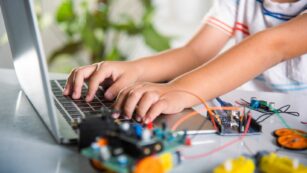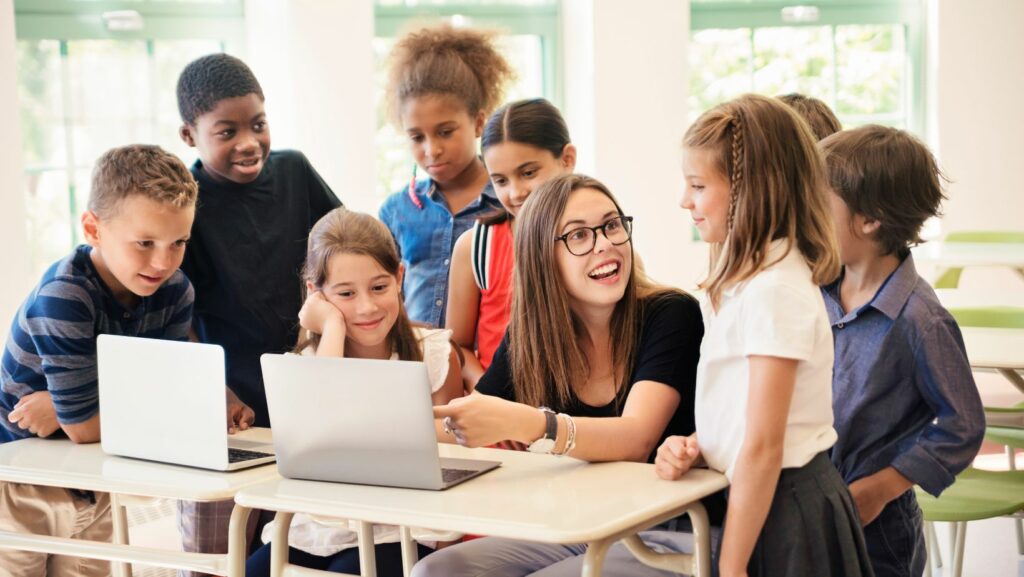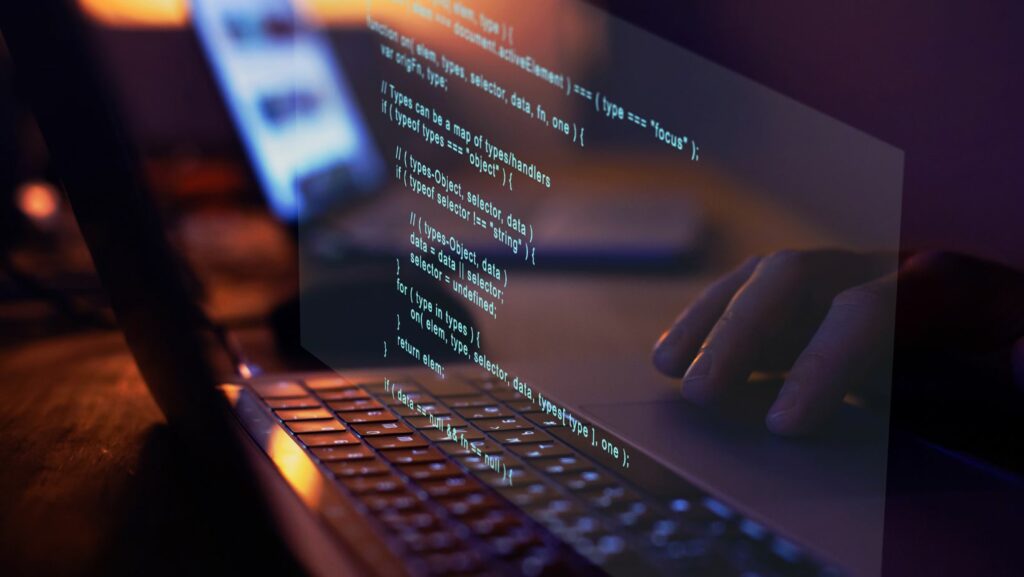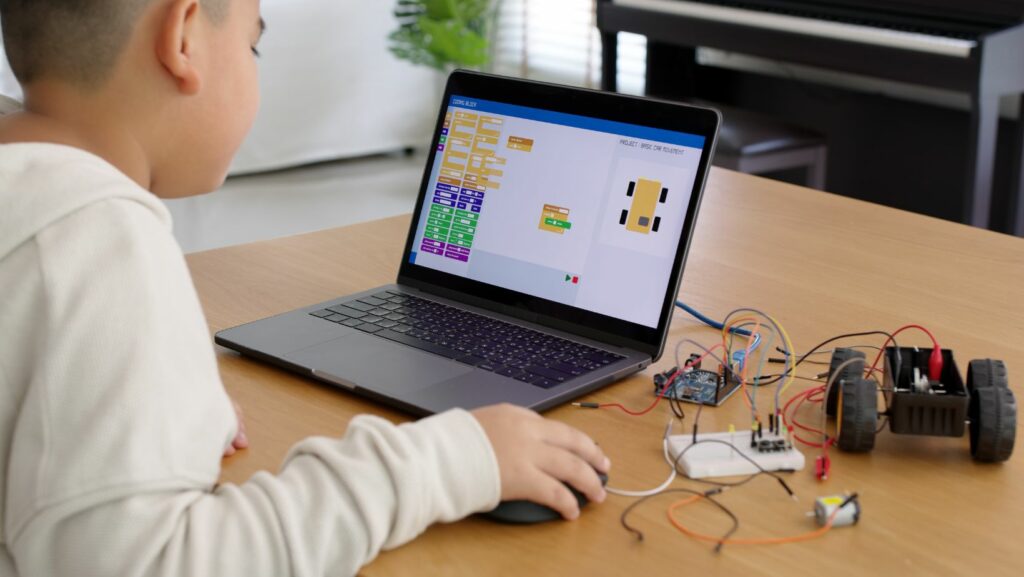In today’s digital age, coding has become an essential skill for young minds. As technology continues to evolve, the ability to understand and manipulate the digital world can set children on a path to success. One of the most accessible and engaging ways to introduce this skill is through Scratch, a programming platform designed specifically for kids and beginners.
Watch Programming for Kids and Beginners: Learn to Code in Scratch
What Is Scratch?
Scratch represents an engaging, block-based visual programming language developed by MIT Media Lab. Primarily aimed at children aged 8 to 16, this platform enables users to easily build projects by snapping together code blocks as if they were virtual LEGO® pieces. Each block represents different commands, and they can be combined to create games, animations, interactive stories, and more. It is accessible via a web browser or through downloadable software, ensuring ease of use at home or in educational settings.
Why Choose Scratch for Kids and Beginners?
 Scratching offers numerous benefits that make it an ideal starting point for young learners interested in technology. Firstly, its interface is highly child-friendly, featuring colorful blocks and simple commands that help maintain engagement. It reduces the complexity typically associated with programming, allowing children to focus on the logic of their stories and games rather than syntax errors.
Scratching offers numerous benefits that make it an ideal starting point for young learners interested in technology. Firstly, its interface is highly child-friendly, featuring colorful blocks and simple commands that help maintain engagement. It reduces the complexity typically associated with programming, allowing children to focus on the logic of their stories and games rather than syntax errors.
Moreover, Scratch supports the development of problem-solving skills, logical thinking, and creativity. It provides instant feedback, which is crucial for learning and correcting mistakes in real time. Additionally, a vast community of Scratch users exists worldwide, providing a platform for kids to share their projects and collaborate with others, fostering a communal learning environment. This aspect not more only encourages learning and improvement but also helps in developing communication and project management skills.
Key Features of Watch Programming in Scratch
Watch programming in Scratch incorporates various key features that enhance its capacity as an educational tool for children and beginners in coding. Its simplicity stems from the drag-and-drop interface, making it easy for young learners to understand the basics of programming without the need to write complex code. Visual blocks are categorized by functions, such as motion, looks, and sounds, thereby guiding users through the logical construction of a program. The code blocks fit together like puzzle pieces, which helps in understanding how individual parts come together to form a functioning whole. Moreover, Scratch’s interactive tutorial system assists beginners from the start, ensuring they can learn at their own pace with guided projects that build confidence and enhance understanding. These features not only make Scratch an ideal learning platform but also ensure that young programmers remain engaged and motivated as they develop their coding skills.
Benefits of Learning to Code with Scratch
 Learning to code with Scratch offers numerous advantages for young learners, enhancing their problem-solving skills and creativity. It provides an easy entry point to the world of programming. Children learn logical thinking as they piece together code blocks to create functional programs. The process fosters computational thinking, requiring kids to break down large problems into manageable parts, a skill applicable in many life scenarios. Coding with Scratch also promotes creativity, as children design custom projects that reflect their imagination and interests. Moreover, the ability to work on shared projects in the Scratch community helps develop collaboration skills, as kids interact, share ideas, and provide feedback to peers.
Learning to code with Scratch offers numerous advantages for young learners, enhancing their problem-solving skills and creativity. It provides an easy entry point to the world of programming. Children learn logical thinking as they piece together code blocks to create functional programs. The process fosters computational thinking, requiring kids to break down large problems into manageable parts, a skill applicable in many life scenarios. Coding with Scratch also promotes creativity, as children design custom projects that reflect their imagination and interests. Moreover, the ability to work on shared projects in the Scratch community helps develop collaboration skills, as kids interact, share ideas, and provide feedback to peers.
How to Get Started with Scratch
To begin learning Scratch, visit the Scratch website and sign up for a free account. This easy first step allows the user to access a plethora of resources, including an array of projects from which to learn. Next, learners should familiarize themselves with Scratch’s interface, which includes various areas such as the stage, sprite list, and block palette. Watching introductory tutorials on the platform can be immensely beneficial. These tutorials guide users through step-by-step instructions to create simple projects, making the learning process enjoyable and comprehensive. Engaging regularly with the community through project sharing and feedback enhances understanding and skills. Start coding with basic projects such as animated stories or simple games, and gradually progress to more sophisticated projects as confidence grows.
Advanced Techniques in Scratch for Beginners
 Once beginners grasp the basics of Scratch, they can explore more complex functionalities to enhance their projects. Integrating variables allows for dynamic interactions within games or stories. For instance, they can create scorekeeping for games or track choices in interactive stories. Building custom blocks, another advanced technique, streamorts the reusability of code across different projects, simplifying complex scripts. Moreover, beginners can utilize broadcast messages to create multi-sprite communications, vital for developing interactive animations or games where multiple characters interact. Engaging with these advanced features not only bolsters the user’s coding proficiency but also elevates the creativity and complexity of their Scratch projects.
Once beginners grasp the basics of Scratch, they can explore more complex functionalities to enhance their projects. Integrating variables allows for dynamic interactions within games or stories. For instance, they can create scorekeeping for games or track choices in interactive stories. Building custom blocks, another advanced technique, streamorts the reusability of code across different projects, simplifying complex scripts. Moreover, beginners can utilize broadcast messages to create multi-sprite communications, vital for developing interactive animations or games where multiple characters interact. Engaging with these advanced features not only bolsters the user’s coding proficiency but also elevates the creativity and complexity of their Scratch projects.
Resources for Further Learning
Exploring Scratch opens up a world of possibilities for young minds eager to dive into the realm of coding. By leveraging the platform’s intuitive design and extensive online resources, kids can transition from basic programming techniques to more sophisticated projects. Engaging with the Scratch community further enriches their learning experience, allowing them to share ideas and gain inspiration from peers worldwide. As they hone their skills, children not only become proficient in coding but also develop critical thinking and collaborative abilities that are essential in today’s digital age. Encouraging kids to explore such resources and communities is a vital step in nurturing the next generation of innovators and problem solvers.


